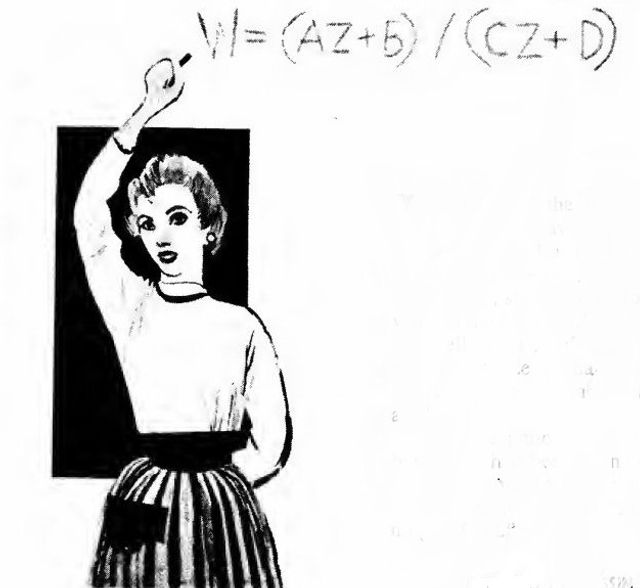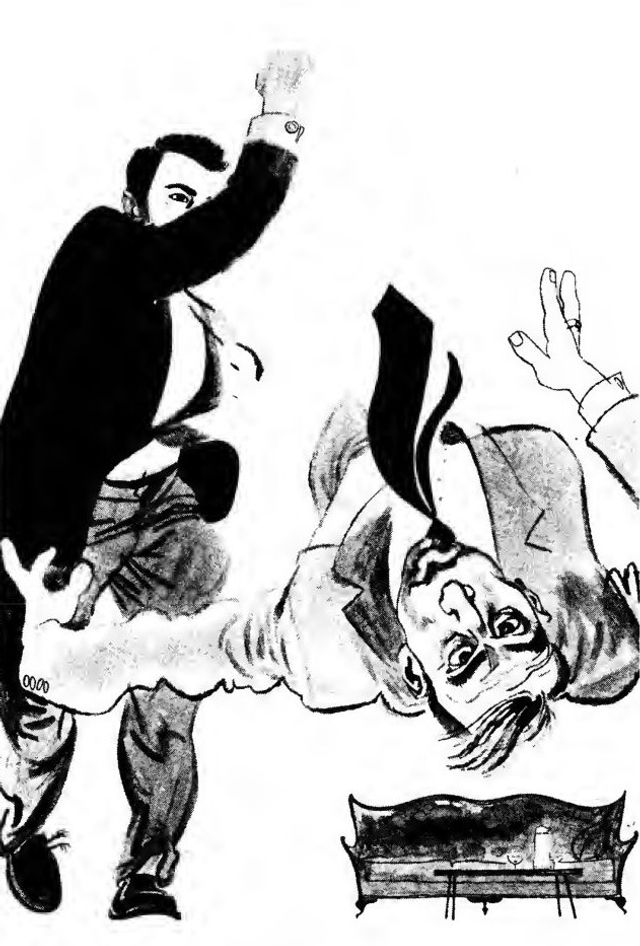-
Vijay Fafat
- Published on
A very smartly written story full of humor, weaving fantasy with a reasonable amount of mathematics to make one smile.
A thoroughly married man with 2 kids and one who is not very good with numbers is presented with a wedding ring by his wife because now she can afford it. The antique ring is shaped in the form of a Moebius strip and a row of ancient Arabic-Latin-Gujarathi symbols inscribed down the centre line. The jeweler had told her that “the person under the influence of this ring has favored above all men in the arts of numbers.”
The Latin inscription indicates that the ring was “blessed by Sylvester II, formerly known as ’Gerbert’, the first man in Europe to use an abacus with ciphers.”. The Gujarathi symbols hark back to fact that ‘the zero makes its appearance in Gujarat inscription’. The Arabic script proclaims it to be “ ‘the magic ring of al-Khwarizmi, manipulator of emptiness.’ ”, emptiness implied by the word “sifr” for zero, from which rises the word “cipher”.
Evidently, the ring is a talisman, one which endows the wearer with good mathematical skills and a perspicacious approach to analytic thinking. The man finds that he has suddenly developed skills to manipulate numbers and simplify company accounts. Alas! He ends up losing the ring while doing some gardening in his backyard.
And what do you know! The ring, lost into the roots of an apple tree, endows the fruits with the same power a few months later. By Christmas, the entire family become sharp-shooters in mathematical ideas. There are a few very nice descriptions of the making of a Moebius strip, rotational and mirror symmetries in numerals, a magic act potentially involving either a Klein-bottle (its disappearance reminded me of Martin Gardner’s story, “The No-Sided Professor”) or a tesseract-like structure and a really hilarious mathematical obsession involving female anatomy which his son develops.
And a nice ending which leaves you asking, “How do you like them apples now?”




